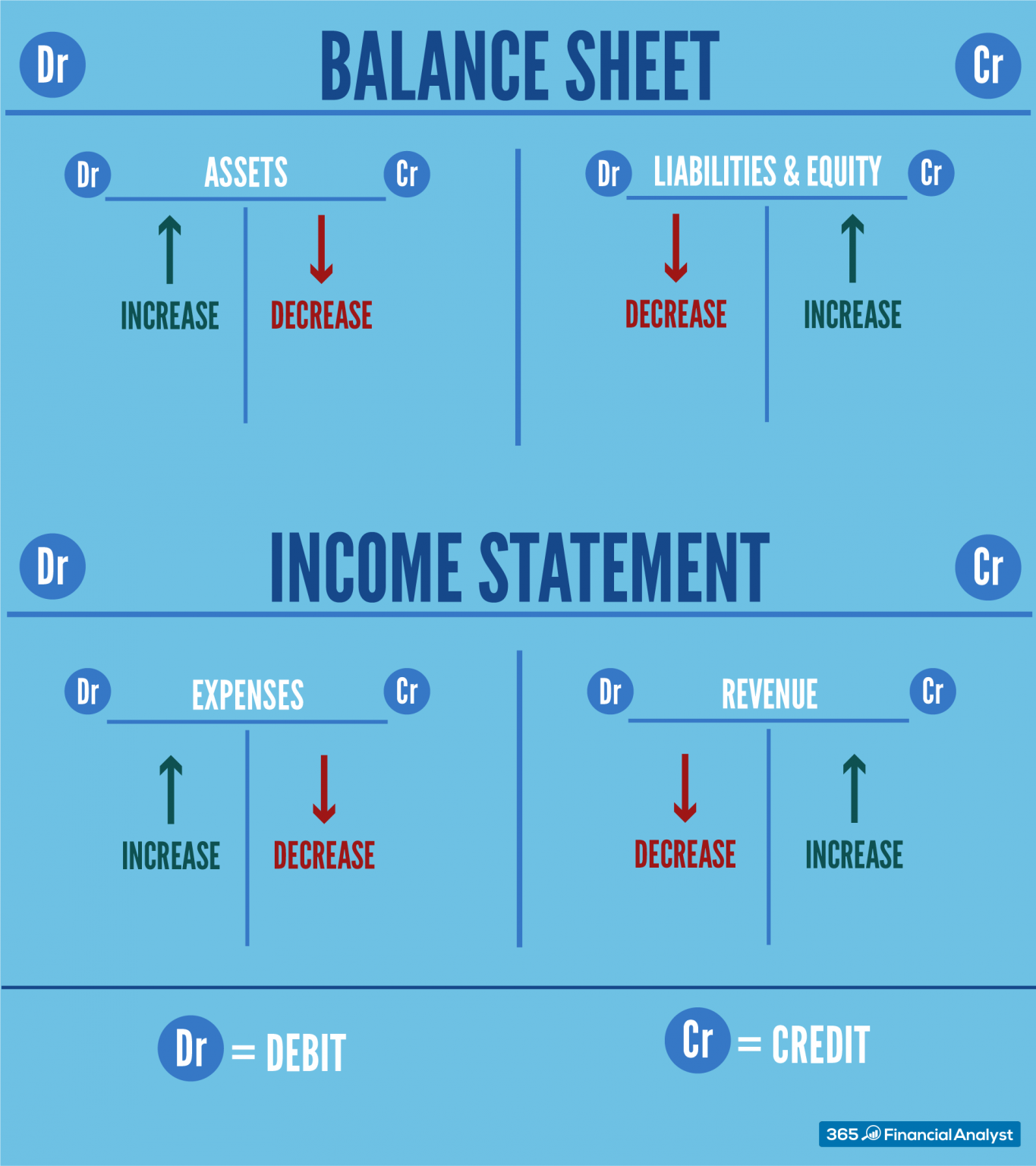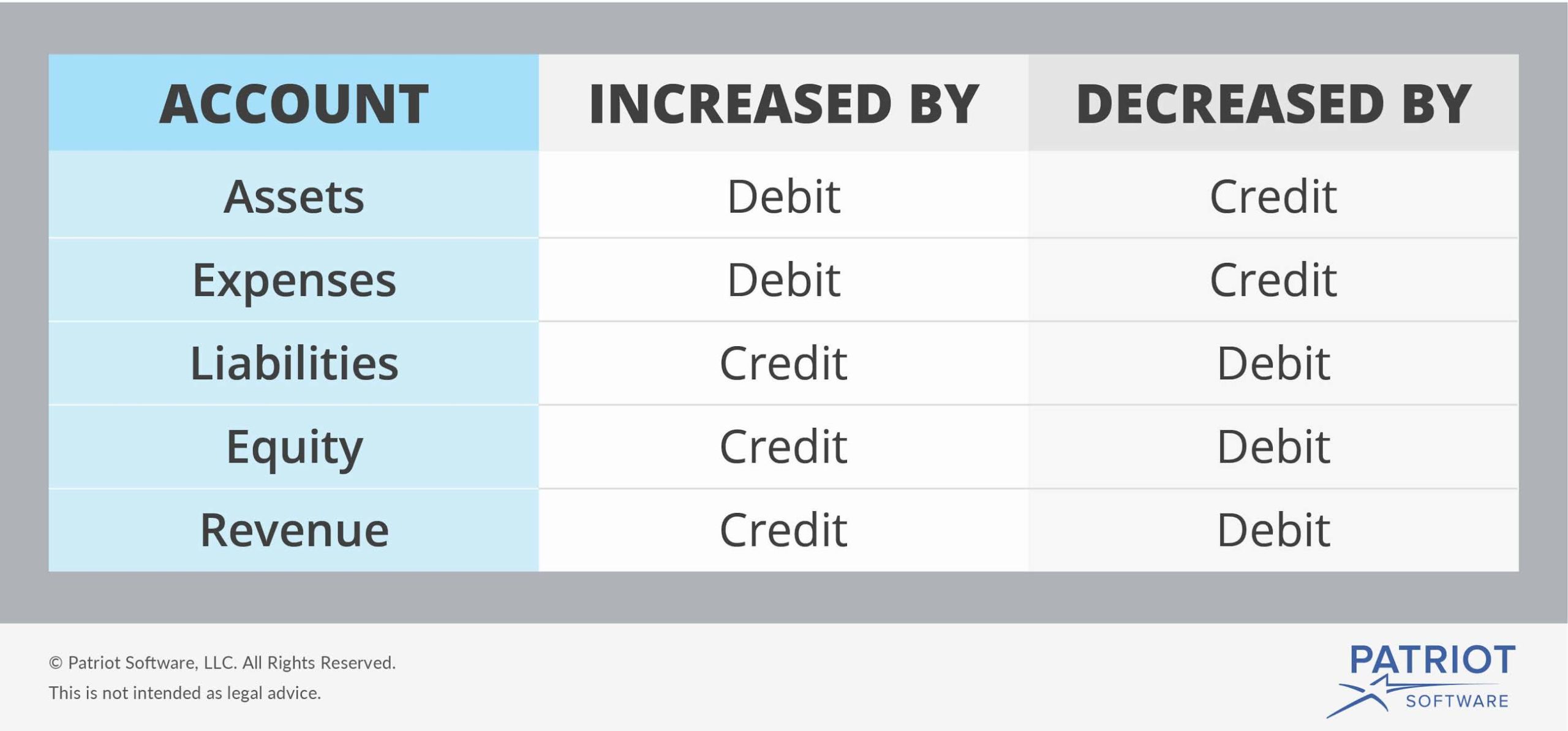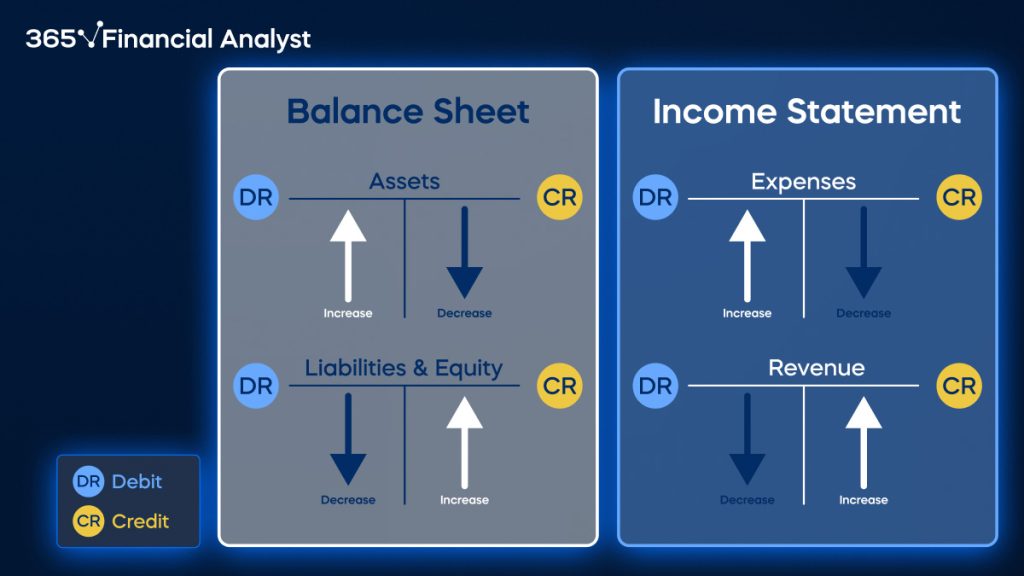Accounting Debit Credit Cheat Sheet - The cardinal rule of bookkeeping is that debits. As a general rule, if a debit increases 1 type of account, a credit will decrease it. While assets, liabilities and equity are types of accounts, debits and credits are the increases and decreases made to the various accounts whenever a financial transaction occurs. This article helps you grasp the concepts by walking you through the meaning and applications of debit and credit in accounting and how they relate to the fundamental accounting equation. Use the cheat sheet in this article to get to grips with how credits and debits affect your accounts. Credits go on the right, and they either increase or decrease accounts depending on the type of. Debits and credits debit cash, credit asset, debit accumulated depreciation, debit loss on sale bonds financial instrument (agreement) issued by a company to borrow money from investors at a specified term (time) and rate For easy reference the chart below shows the effect of debits and credits on particular types of account. It also includes a debits and credits.
Debits and credits debit cash, credit asset, debit accumulated depreciation, debit loss on sale bonds financial instrument (agreement) issued by a company to borrow money from investors at a specified term (time) and rate This article helps you grasp the concepts by walking you through the meaning and applications of debit and credit in accounting and how they relate to the fundamental accounting equation. While assets, liabilities and equity are types of accounts, debits and credits are the increases and decreases made to the various accounts whenever a financial transaction occurs. The cardinal rule of bookkeeping is that debits. For easy reference the chart below shows the effect of debits and credits on particular types of account. As a general rule, if a debit increases 1 type of account, a credit will decrease it. Credits go on the right, and they either increase or decrease accounts depending on the type of. It also includes a debits and credits. Use the cheat sheet in this article to get to grips with how credits and debits affect your accounts.
As a general rule, if a debit increases 1 type of account, a credit will decrease it. Use the cheat sheet in this article to get to grips with how credits and debits affect your accounts. This article helps you grasp the concepts by walking you through the meaning and applications of debit and credit in accounting and how they relate to the fundamental accounting equation. Debits and credits debit cash, credit asset, debit accumulated depreciation, debit loss on sale bonds financial instrument (agreement) issued by a company to borrow money from investors at a specified term (time) and rate For easy reference the chart below shows the effect of debits and credits on particular types of account. The cardinal rule of bookkeeping is that debits. Credits go on the right, and they either increase or decrease accounts depending on the type of. It also includes a debits and credits. While assets, liabilities and equity are types of accounts, debits and credits are the increases and decreases made to the various accounts whenever a financial transaction occurs.
Printable Debits And Credits Cheat Sheet
While assets, liabilities and equity are types of accounts, debits and credits are the increases and decreases made to the various accounts whenever a financial transaction occurs. This article helps you grasp the concepts by walking you through the meaning and applications of debit and credit in accounting and how they relate to the fundamental accounting equation. Credits go on.
Printable Debits And Credits Cheat Sheet
This article helps you grasp the concepts by walking you through the meaning and applications of debit and credit in accounting and how they relate to the fundamental accounting equation. For easy reference the chart below shows the effect of debits and credits on particular types of account. While assets, liabilities and equity are types of accounts, debits and credits.
Debit And Credit Cheat Sheet Chart of Debits and Credits Accounting
Use the cheat sheet in this article to get to grips with how credits and debits affect your accounts. While assets, liabilities and equity are types of accounts, debits and credits are the increases and decreases made to the various accounts whenever a financial transaction occurs. Debits and credits debit cash, credit asset, debit accumulated depreciation, debit loss on sale.
Printable Debits And Credits Cheat Sheet
It also includes a debits and credits. Use the cheat sheet in this article to get to grips with how credits and debits affect your accounts. As a general rule, if a debit increases 1 type of account, a credit will decrease it. This article helps you grasp the concepts by walking you through the meaning and applications of debit.
Debits and Credits Cheat Sheet 365 Financial Analyst
As a general rule, if a debit increases 1 type of account, a credit will decrease it. It also includes a debits and credits. For easy reference the chart below shows the effect of debits and credits on particular types of account. While assets, liabilities and equity are types of accounts, debits and credits are the increases and decreases made.
Printable Debits And Credits Cheat Sheet
Credits go on the right, and they either increase or decrease accounts depending on the type of. Debits and credits debit cash, credit asset, debit accumulated depreciation, debit loss on sale bonds financial instrument (agreement) issued by a company to borrow money from investors at a specified term (time) and rate For easy reference the chart below shows the effect.
Printable Debits And Credits Cheat Sheet
It also includes a debits and credits. For easy reference the chart below shows the effect of debits and credits on particular types of account. Use the cheat sheet in this article to get to grips with how credits and debits affect your accounts. Credits go on the right, and they either increase or decrease accounts depending on the type.
Printable Debits And Credits Cheat Sheet
Use the cheat sheet in this article to get to grips with how credits and debits affect your accounts. This article helps you grasp the concepts by walking you through the meaning and applications of debit and credit in accounting and how they relate to the fundamental accounting equation. Debits and credits debit cash, credit asset, debit accumulated depreciation, debit.
Debits and Credits Cheat Sheet 365 Financial Analyst
Credits go on the right, and they either increase or decrease accounts depending on the type of. Debits and credits debit cash, credit asset, debit accumulated depreciation, debit loss on sale bonds financial instrument (agreement) issued by a company to borrow money from investors at a specified term (time) and rate Use the cheat sheet in this article to get.
Printable Debits And Credits Cheat Sheet
The cardinal rule of bookkeeping is that debits. As a general rule, if a debit increases 1 type of account, a credit will decrease it. Debits and credits debit cash, credit asset, debit accumulated depreciation, debit loss on sale bonds financial instrument (agreement) issued by a company to borrow money from investors at a specified term (time) and rate Use.
For Easy Reference The Chart Below Shows The Effect Of Debits And Credits On Particular Types Of Account.
Use the cheat sheet in this article to get to grips with how credits and debits affect your accounts. Debits and credits debit cash, credit asset, debit accumulated depreciation, debit loss on sale bonds financial instrument (agreement) issued by a company to borrow money from investors at a specified term (time) and rate While assets, liabilities and equity are types of accounts, debits and credits are the increases and decreases made to the various accounts whenever a financial transaction occurs. As a general rule, if a debit increases 1 type of account, a credit will decrease it.
Credits Go On The Right, And They Either Increase Or Decrease Accounts Depending On The Type Of.
This article helps you grasp the concepts by walking you through the meaning and applications of debit and credit in accounting and how they relate to the fundamental accounting equation. It also includes a debits and credits. The cardinal rule of bookkeeping is that debits.








